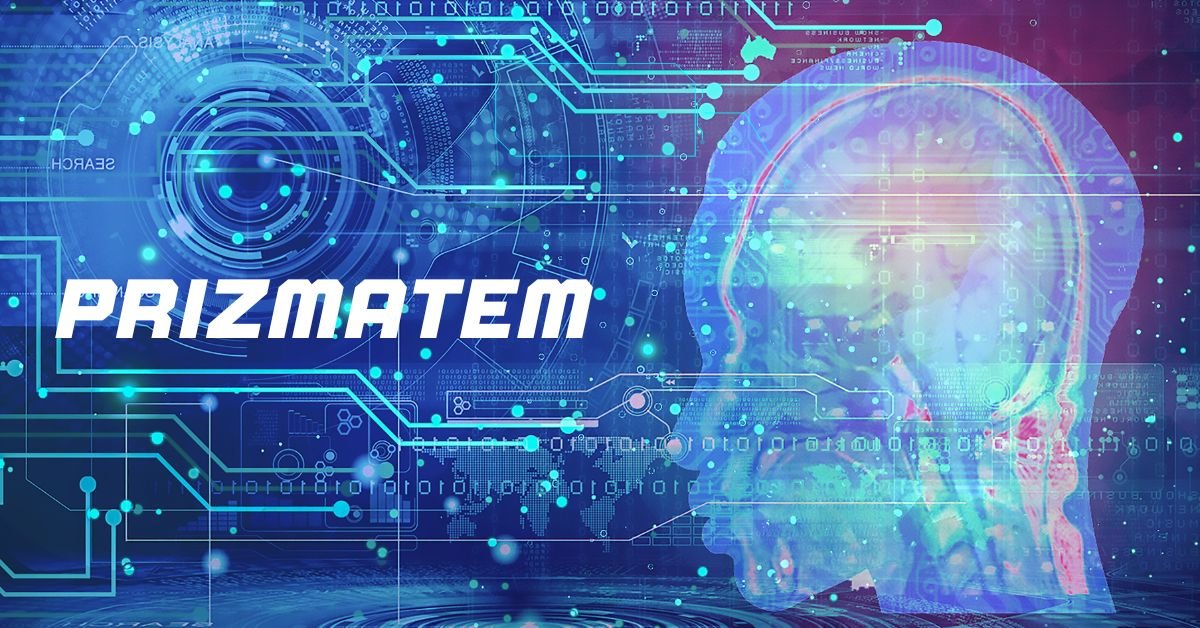In a world increasingly shaped by immersive design and visual technology, Prizmatem emerges as a term stirring interest across digital design, 3D modeling, and visualization spaces. But what exactly is Prizmatem? Is it a software, a concept, or a futuristic tool gaining traction in creative and tech circles? Let’s break it down, explore how it works, and why it’s beginning to gain attention in professional and enthusiast communities alike.
What Is Prizmatem?
Prizmatem appears to be a hybrid term gaining attention in niche digital tech conversations, likely referencing a visual modeling or simulation tool—possibly experimental or under development—used for rendering high-fidelity 3D visuals, augmented layers, or complex design structures. While the exact software or product behind the name isn’t widely available on mainstream platforms, contextual usage suggests the following:
-
A visual framework or engine for spatial or layered content design
-
Focused on multi-spectral rendering, perhaps blending light, shadow, and refractive simulation
-
Likely used in architecture, interior design, gaming, or augmented/virtual reality (AR/VR)
This kind of tool helps creators build, test, and preview highly complex visual scenes, often with real-time interactivity.
Key Features That Define Prizmatem’s Core
While official documentation on Prizmatem is limited, existing discussions and comparable tools suggest it likely includes:
Real-Time Rendering
Designers can see immediate visual feedback—critical for virtual staging, game development, and spatial planning.
High-Fidelity Light Simulation
True-to-life lighting that reacts based on angle, material, or texture. Especially valuable in architectural visualization and digital twin environments.
Layered Object Management
Ability to build and manipulate individual layers of a scene—walls, textures, furniture, effects—without losing performance.
Plugin or API Support
If it functions as a platform, Prizmatem may offer integration with common design tools (e.g., Blender, Unity, AutoCAD).
Cloud-Based Collaboration
Supports teams working remotely to render, edit, and preview designs in real-time across platforms.
How It Compares to Traditional Visualization Tools
| Feature | Traditional Tools | Prizmatem (Speculated) |
|---|---|---|
| Rendering Speed | Often slow | Real-time, optimized |
| Lighting Accuracy | Manual tuning needed | Automated, spectral-based |
| Collaboration | Local or manual sharing | Cloud-native |
| Complexity Management | Requires workarounds | Layered, modular |
| Integration Capabilities | Limited per software | Open API support |
This difference matters especially in fast-paced industries where iteration speed, presentation quality, and collaboration can make or break a project.
Use Cases Where Prizmatem Could Shine
While still a speculative tool or early-stage platform, Prizmatem has clear potential in:
-
Architecture & Interior Design: Simulating real-world lighting and decor to aid clients in decision-making.
-
Game Development: Creating immersive worlds with high realism and quick iteration cycles.
-
AR/VR Prototyping: Allowing rapid visualization for headset-based environments.
-
Product Demos & 3D Commerce: Helping eCommerce stores create lifelike previews for items in a virtual space.
-
Education & Simulation Training: Used in schools or corporate setups to build immersive training modules.
Potential Future of Prizmatem
If Prizmatem continues gaining traction, we can expect developments like:
-
Open-source frameworks or SDKs to allow custom plugin creation.
-
Community-driven assets and presets, enabling shared development of complex elements.
-
AI-powered modeling assistance, suggesting corrections or enhancements in real-time.
-
Integration with metaverse platforms for collaborative world-building or virtual workspaces.
Is Prizmatem a Scam or Legitimate?
Some users may stumble across forums or job posts mentioning “Prizmatem” and wonder about its legitimacy—especially if tied to freelance projects, interviews, or test tasks.
Here’s how to assess it:
-
Check for official sources: A legitimate tool will have at least some documentation, support, or platform presence.
-
Avoid suspicious offers: If someone offers work under the “Prizmatem” label but avoids clear deliverables or secure payment structures, proceed with caution.
-
Evaluate demo links and references: Authentic projects will often share visuals, GitHub pages, or sandbox environments.
As of now, there’s no evidence that Prizmatem is part of a scam, but since its web presence is limited, always double-check credentials and context when dealing with new tech names.
Why Prizmatem Matters for Designers and Developers
Even if it’s early in its journey, Prizmatem points to larger trends shaping digital creation:
-
Speed over perfection: Real-time rendering is now the norm.
-
Immersive expectations: Users want visuals that feel real and responsive.
-
Collaborative ecosystems: From Figma to Unity, the future is team-centric and cloud-integrated.
Prizmatem—whether a brand, framework, or evolving concept—is aligned with these shifts.
Conclusion
Prizmatem might still be mysterious in terms of hard facts, but it represents an exciting shift in how we visualize, simulate, and build digital environments. Whether it turns out to be a standalone tool or a concept embedded within other platforms, its emphasis on realism, speed, and interactivity is future-proof. If you’re in the fields of architecture, game design, 3D modeling, or virtual simulation, keeping an eye on tools like Prizmatem could give you a head start as the digital landscape continues to evolve.
